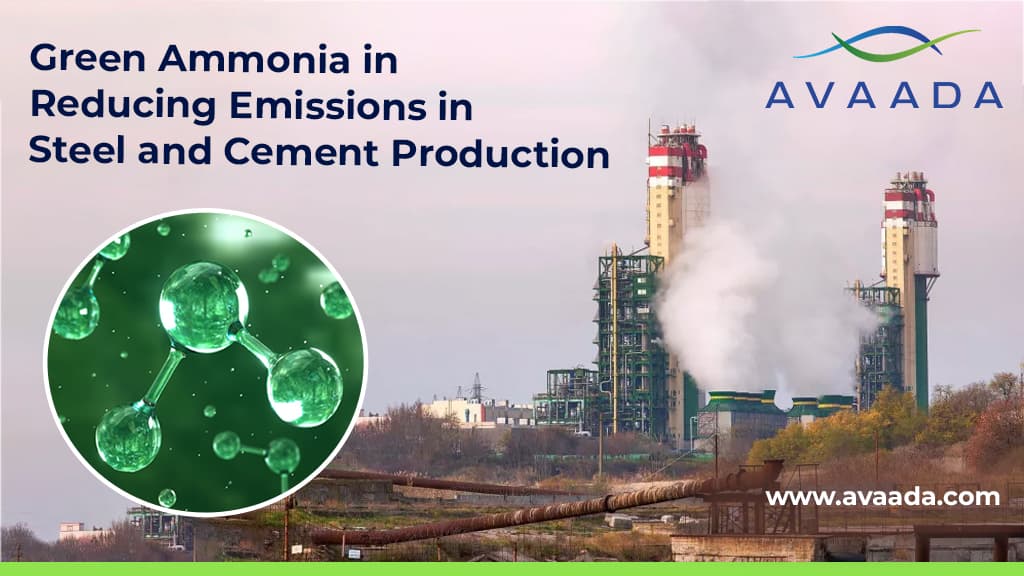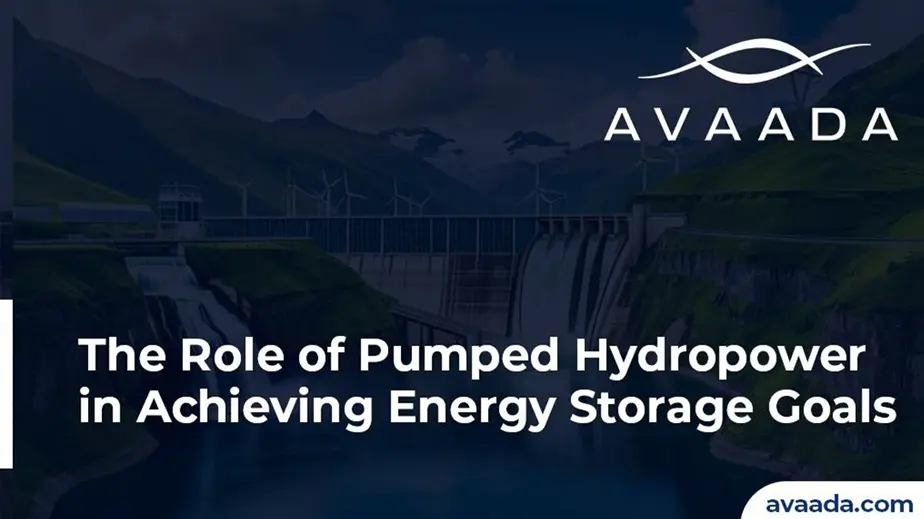As global industries face increasing pressure to reduce carbon emissions, steel and cement production stand out as two of the most challenging sectors to decarbonize. Together, they account for approximately 14% of global CO₂ emissions. Enter green ammonia, a promising solution that offers a sustainable pathway to reducing emissions in these hard-to-abate industries. With advancements in technology and the rise of green ammonia manufacturers in India, the potential for significant emission reductions is becoming more achievable.
What is Green Ammonia?
Green ammonia is ammonia (NH₃) produced using renewable energy sources like wind, solar, or hydroelectric power. Unlike traditional ammonia production, which relies on fossil fuels and emits large amounts of CO₂, green ammonia production uses green hydrogen (from electrolysis of water powered by renewable energy) combined with nitrogen from the air.
Green Ammonia represents a major opportunity to decarbonize India’s cement and steel industry. Produced using renewable energy, it eliminates CO₂ emissions during synthesis, offering a sustainable alternative to conventional grey or blue ammonia.
India is emerging as a leader in the global Green Ammonia revolution, with several pilot projects already underway. By investing in renewable energy sources, such as wind and solar, India can produce Green Ammonia to meet domestic fertiliser demand while significantly reducing carbon emissions. The following sketch is showing evidently how Green Ammonia is the low CO2 emitting option that best suits the sustainable future.
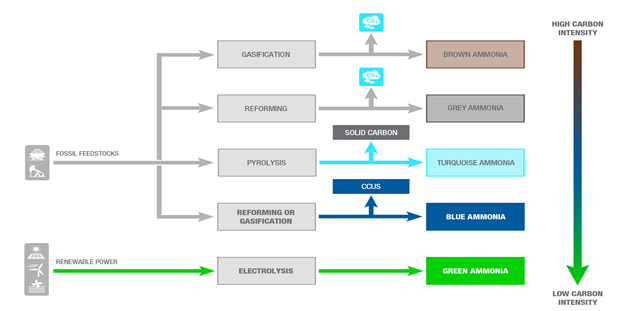

Beyond agriculture, Green Ammonia also offers potential as a clean fuel and energy carrier, helping to integrate renewable energy into the broader energy mix.
By adopting Green Ammonia, India can not only meet its climate targets but also strengthen its energy security by reducing dependence on imported oil and gas. It also offers the potential to enhance crop yields, reduce greenhouse gases, and contribute to the broader global goal of climate resilience.
One of the most significant opportunities associated with Green Ammonia is its ability to drastically reduce CO₂ emissions. Conventional ammonia production via the Haber-Bosch process is energy-intensive and heavily dependent on natural gas, leading to substantial CO₂ emissions. In fact, the global fertiliser industry is responsible for about 1.8-2% of global greenhouse gas (GHG) emissions.
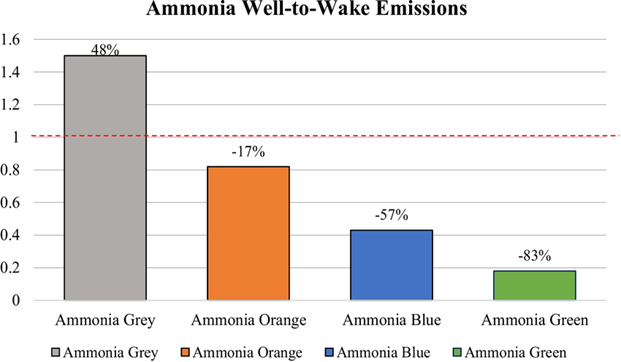

Switching to Green Ammonia, which is produced using renewable energy sources, eliminates CO₂ emissions during its production process. This transition is essential for India to meet its climate goals, including its commitments under the Paris Agreement and its target of achieving net-zero emissions by 2070. By decarbonizing ammonia production, India can significantly contribute to global efforts to mitigate climate change while also addressing domestic environmental concerns such as air pollution and ecological degradation.
The Carbon Challenge in Steel and Cement Industries
Production of Steel
Steel manufacturing relies heavily on coal for energy and as a reducing agent in blast furnaces, making it a significant source of CO₂ emissions.
Transitioning to alternative, low-carbon energy sources is critical to meeting global climate targets.
Production of Cement
Cement production emits CO₂ from two primary sources: the calcination of limestone and the combustion of fossil fuels to power kilns.
While innovative technologies like carbon capture and storage (CCS) are gaining traction, integrating green fuels like green ammonia presents a complementary solution.
How Green Ammonia Can Help Reduce Emissions
Replacing Fossil Fuels as Energy Source
Green ammonia is a source of alternative, zero-carbon fuel that can replace conventional fuels for high-temperature processes, such as steel and cement production.
- In Steelmaking: Ammonia can be used directly in the production process or it can be converted into hydrogen, which then replaces coal, in the blast furnace. The resulting hydrogen, which is a reducing agent, can extract oxygen from iron ore without releasing CO₂ in order to produce steel.
- In Cement Manufacturing: One can substitute ammonia for traditional fossil fuels to attain the extreme high heat required to create calcination, thus making kiln operations less carbon-intensive.
Decarbonizing Transportation and Storage
Green ammonia has a lead over other forms in transportation and in storages since ammonia has a high energy density and can be easily liquefied. Ammonia will power the transport fleets of industries such as steel and cement, which major in massive logistics, thereby doing away with emission generation.
Carbon Capture Utilization (CCU) Supplement
In cement production, green ammonia can complement carbon capture technologies by providing clean energy for CCU processes. This dual approach can enhance emission reduction efforts while creating value-added products like synthetic fuels or chemicals.
Green Ammonia Manufacturers in India: Leading the Way
India, as a global leader in renewable energy, is emerging as a significant player in green ammonia production. The government’s push towards green hydrogen and ammonia as part of its National Hydrogen Mission has spurred investments in this space.
Key Players in India
- Indian Oil Corporation Limited (IOCL): IOCL looks to explore green ammonia production in meeting the sustainable energy production requirements set for India.
- Reliance Industries Limited (RIL): RIL has a strong vision to compete globally in green hydrogen and ammonia production, using the existing massive renewable energy infrastructure.
- Greenko Group: Greenko is introducing green hydrogen and ammonia projects, which it is incorporating into several industrial applications.
- Aavada: stands as a key player in India’s green ammonia sector, driving the transition to sustainable energy. With expertise in renewable power, green hydrogen, and its derivatives, Avaada is advancing eco-friendly ammonia production, reducing fossil fuel dependence, and contributing significantly to India’s energy transition and global decarbonization goals.
This would position India as a critical supply point for green ammonia into the domestic and international markets, fueling large-scale industrial decarbonization.
Challenges and Future Outlook
High Production Costs
One of the biggest hurdles to the widespread adoption of Green Ammonia is its high production costs, which are currently significantly higher than grey or blue ammonia. This price disparity is primarily due to the costs of renewable energy (which are still higher than conventional fossil fuels in many regions), the capital expenditure required to build electrolysers, and the efficiency limitations of current technologies.
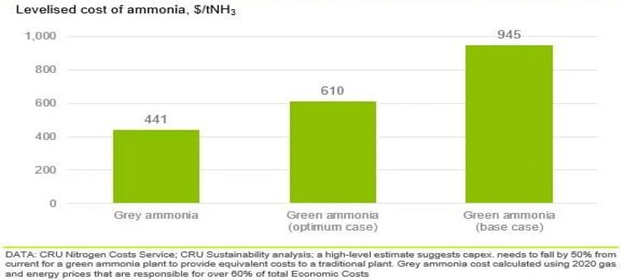

For Green Ammonia to become economically competitive, production costs must be reduced. This can be achieved through scaling up production to benefit from economies of scale, advancing electrolyser efficiency, and further reducing the costs of renewable energy. Until these technological and cost barriers are overcome, Green Ammonia will struggle to compete with conventional ammonia,
Possible Solutions
- Governments and international bodies could offer subsidies or carbon pricing mechanisms to make Green Ammonia more attractive.
- Investment in research and development (R&D) is critical for driving down costs, with breakthroughs in electrolyser technology, cheaper renewable energy, and improved ammonia synthesis being key areas of focus.
Infrastructure Development
The production, storage, and distribution of Green Ammonia require an entirely new infrastructure framework, much of which does not currently exist. While grey ammonia has a well-established supply chain in place, the infrastructure required for Green Ammonia is more complex due to its reliance on renewable energy and electrolyser systems.
The main infrastructure challenges include:
- Renewable energy generation: Large-scale Green Ammonia production requires consistent and reliable renewable energy, which in turn requires vast solar and wind farms.
- Electrolysers: These must be built on a large scale to meet Green Ammonia production demands.
- Storage and transport: Green Ammonia is a hazardous material and needs specialised storage tanks and transport facilities that meet stringent safety and environmental standards.
Developing this infrastructure will require substantial investment, long-term planning, and collaboration between the private sector, government, and global partners. The lack of existing infrastructure could significantly delay Green Ammonia’s mass adoption.
Possible Solutions
- Establishing public-private partnerships (PPPs) to share the cost and expertise needed for infrastructure development.
- Implementing government incentives such as tax breaks or low-interest loans for companies investing in Green Ammonia infrastructure.
Policy Support
Government incentives and subsidies as well as satisfactory regulatory regimes are necessary if one is seriously going to encourage adoption in industries such as steel and cement.
Despite this, the prospect is bright because renewable energy is becoming more cost-effective and commercially viable. Green ammonia will, therefore, gain much wider uses in carbon-intensive industries.
Conclusion
Green ammonia presents a groundbreaking opportunity to reduce emissions in steel and cement production, two of the hardest industries to decarbonize. With its ability to replace fossil fuels, facilitate carbon capture, and integrate into existing industrial processes, green ammonia is a game-changer in the global fight against climate change.
As green ammonia manufacturers in India continue to expand their capabilities, the country is well-positioned to lead this sustainable transformation. For steel and cement producers, adopting green ammonia not only aligns with global climate goals but also opens doors to a cleaner, greener future.


